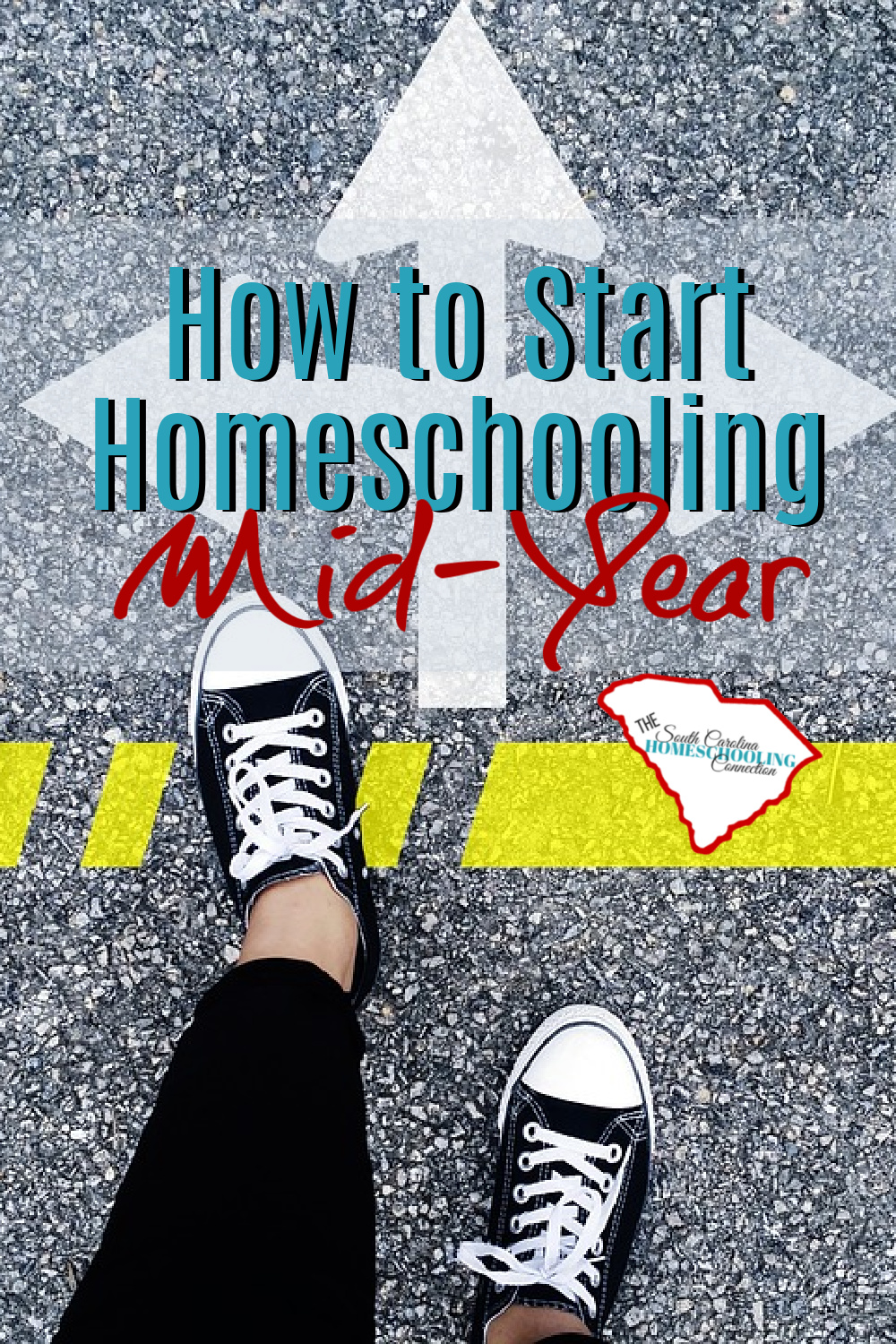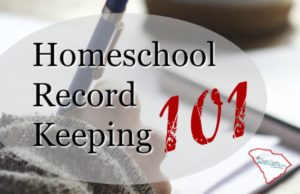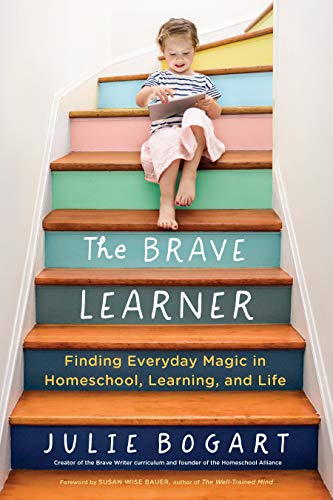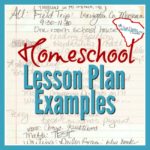How do you start homeschooling mid-year? There’s a variety of reasons that families make the switch to homeschooling mid-year. Whatever the reason–you’ve got the hit the ground running with a new plan. NOW!
- What does the law require?
- What does your daily schedule and pace look like?
- How do you pick a course of study and switch curriculum?
We’re chatting about all these questions and more with TSCHAA director Lara Caldwell and SC Connection Kim Andrysczyk. Check out the replay!
Getting Started Homeschooling Mid-Year
When you homeschool, the parent is in charge of choosing the learning materials and activities. You set the pace and the schedule of the assignments. You keep track of the progress.
But, the law requires some basic attendance and record-keeping requirements. Compulsory attendance is 180 days. So, whatever days you already did in school counts toward that total. You’re just documenting the remaining days left in the school year.
You do need to register with an Accountability Association in SC. The school will likely want to get confirmation where you registered. They also may want to know specific dates of registration/enrollment.
It’s your first day, what do you do next?
Read something, do something in math and play! That could be your schedule for the first day of homeschool.
You get to set the schedule and pace of the assignments. You can take some time to deschool (get out of your schoolish mindset) or you can find some curriculum materials to help get started.
What sort of materials and guidelines do you need to use?
These quick start curriculum ideas are low-cost or free. I don’t want you to pay a lot of money up front and get stuck with a program that doesn’t work for you.
How do you know if you’re on track?
These family friendly grade level guidelines are also helpful if you’re trying to “keep on track” with the school and re-enroll there next year. The scope and sequence is up to you, though. Especially if you have multiple students–you can group them together to work on the same social studies materials.
At the end of they year, you will take a look back over your year at what’s working and what’s not working. Here’s some examples of the semi-annual progress reports.
What about high school credits and transcripts?
You should be able to plan your student’s course of study with the same courses they were already doing. If they were in Algebra 1, then you can find another Algebra 1 program to continue on. Some associations offer high school assistance and advice about the course of study.
Many curriculum materials have placement testing to help you find the right levels for your student. Say you’re doing Algebra 1, you can review a bit if you need to. Or you can skim ahead to where your student is ready to move on. The beauty of homeschooling is that you get to adjust the pace to the learner.
Involve the student in planning their course of study and the learning materials. The more invested they are in their own learning, the better!
When you calculate a grade value at the end of the course, you can decide whether to include the grade that came from the previous school. If you have done significant remediation and review, then you might not include much of the previous grade. Just be honest and accurate about your student’s progress.
NOTE: any final grades have to stay on the transcript. In-progress grades do not always reflect the student’s abilities and accomplishments. Sometimes the grades are more about the teacher’s policies–for late work or whether the camera is on during virtual classes.
That’s it! You already knew something wasn’t working–and it’s the right time to make the switch. Getting started homeschooling mid-year isn’t difficult. You can do this!
Read more about Homeschool Record-Keeping 101:
More about Getting Started Homeschooling:
Homeschooling Essentials: A Practical Guide to Getting Started













 Help! My Child Wants to Go Back to School
Help! My Child Wants to Go Back to School Lesson Plan Examples
Lesson Plan Examples Homeschool Uniforms
Homeschool Uniforms The Must Have School Supply Every Homeschool Needs
The Must Have School Supply Every Homeschool Needs




Speak Your Mind